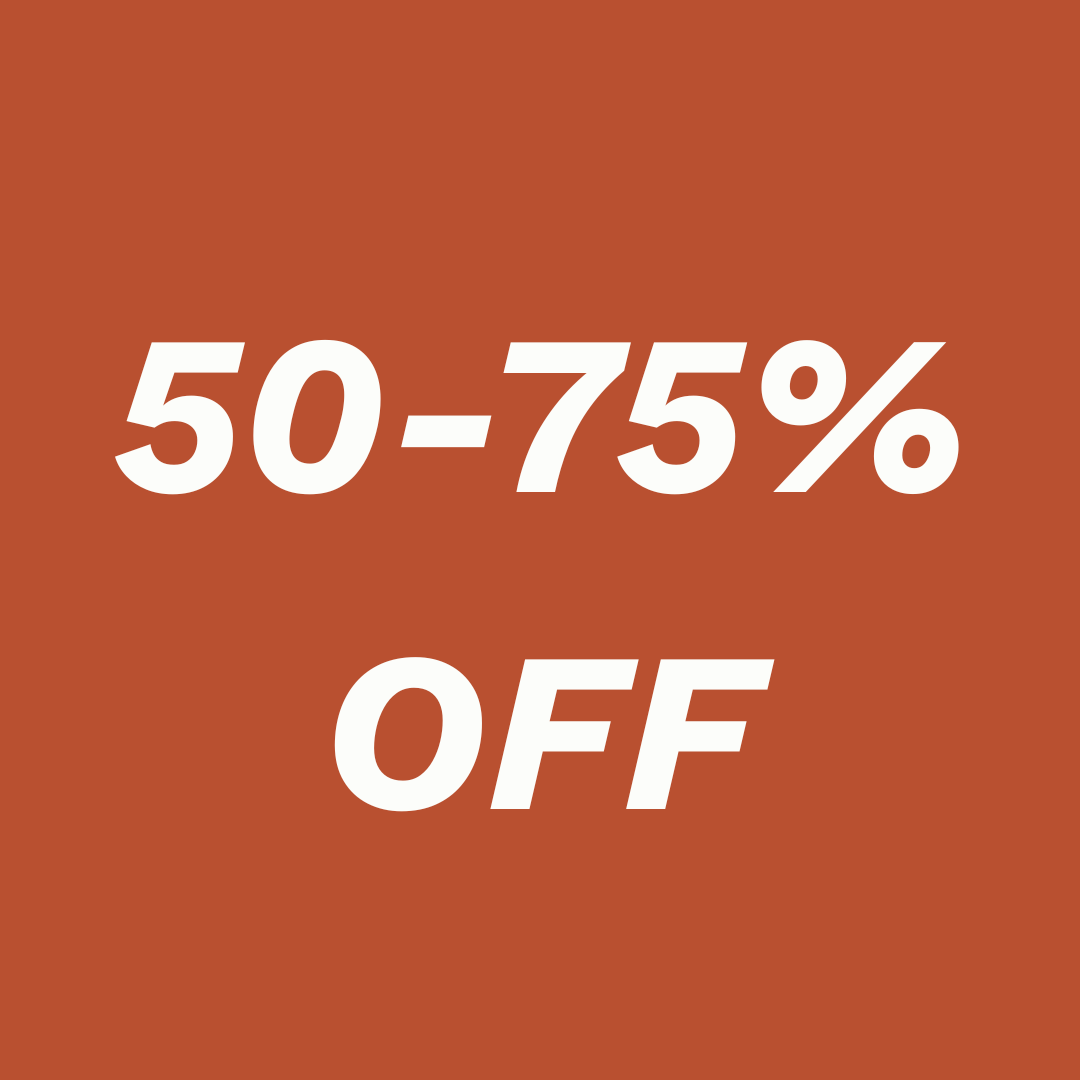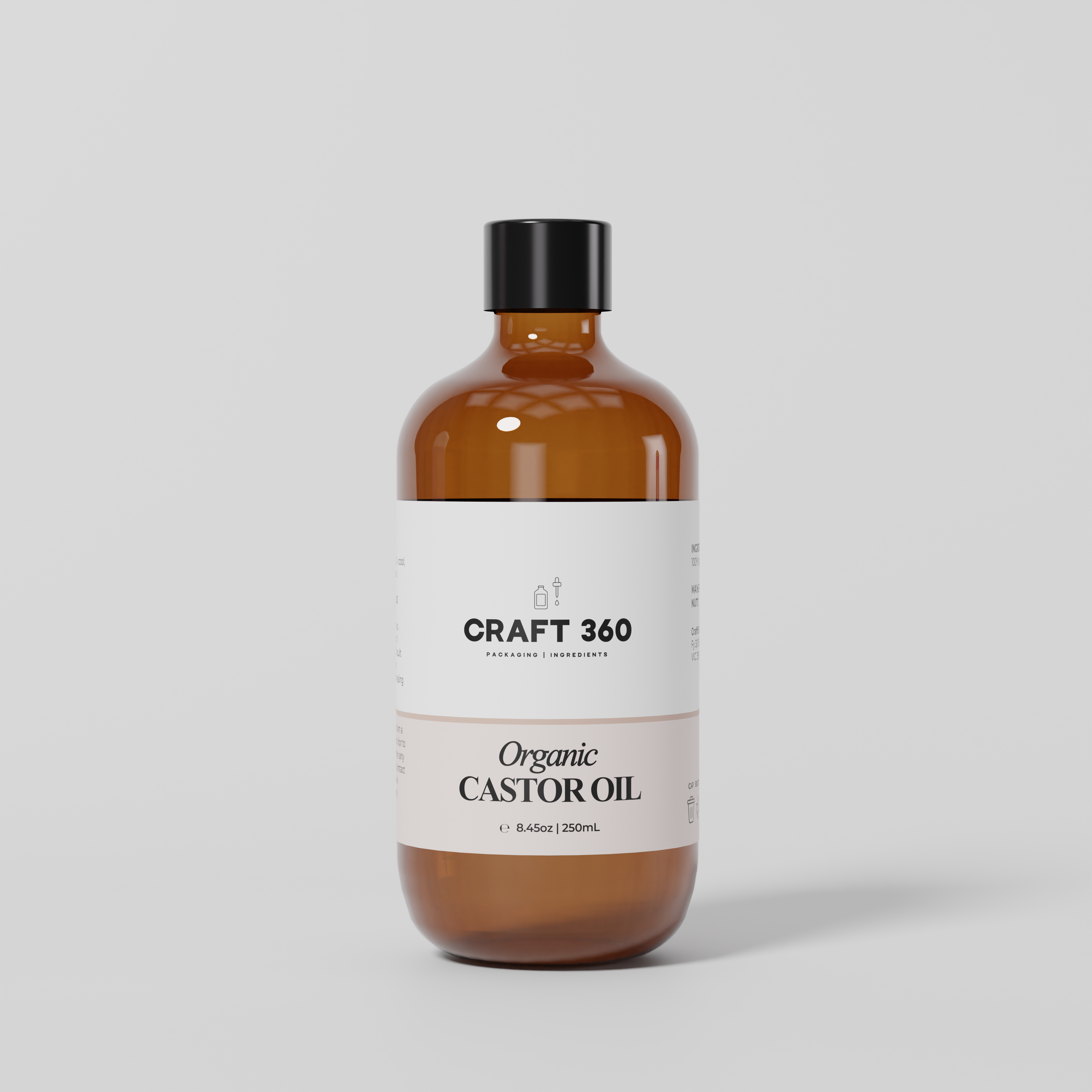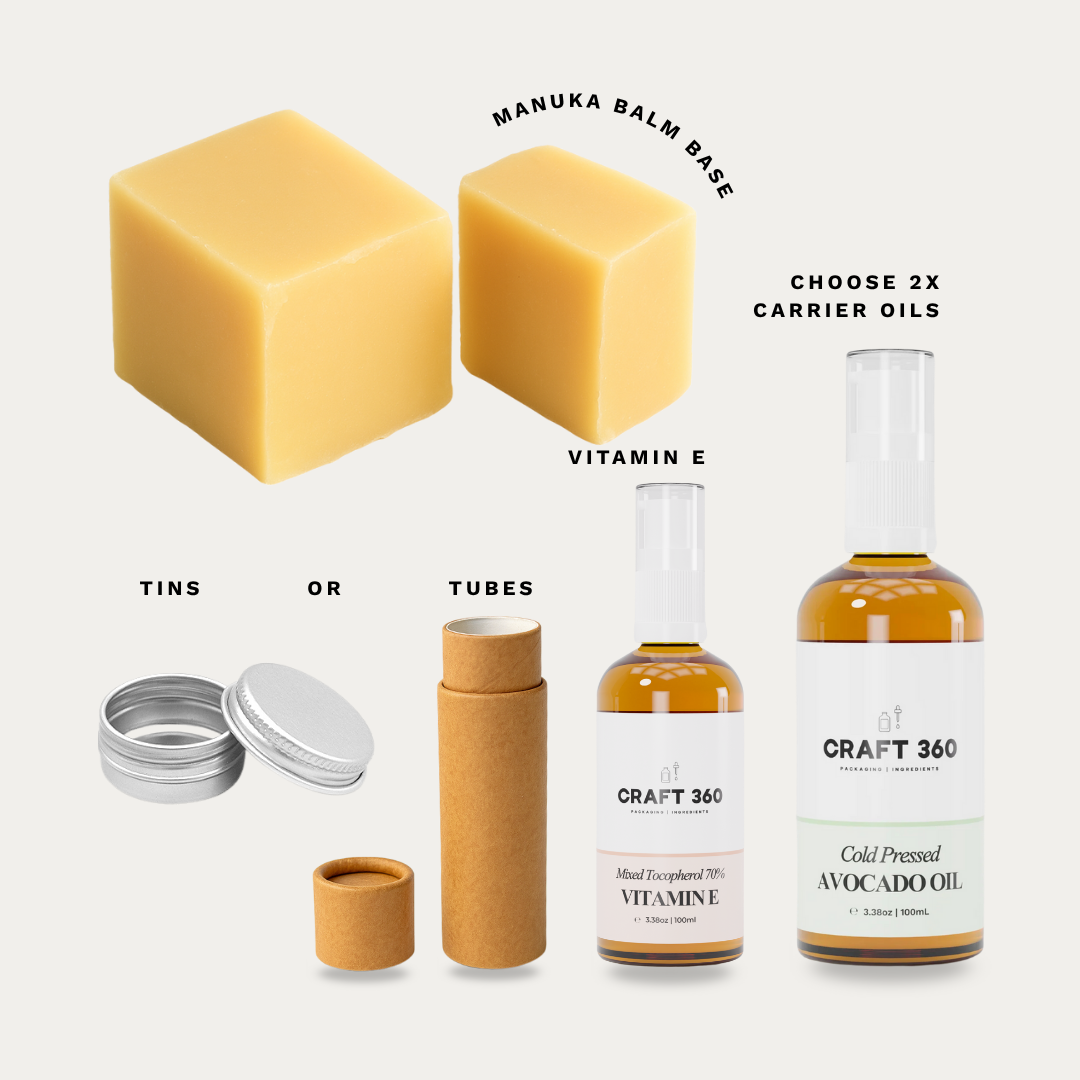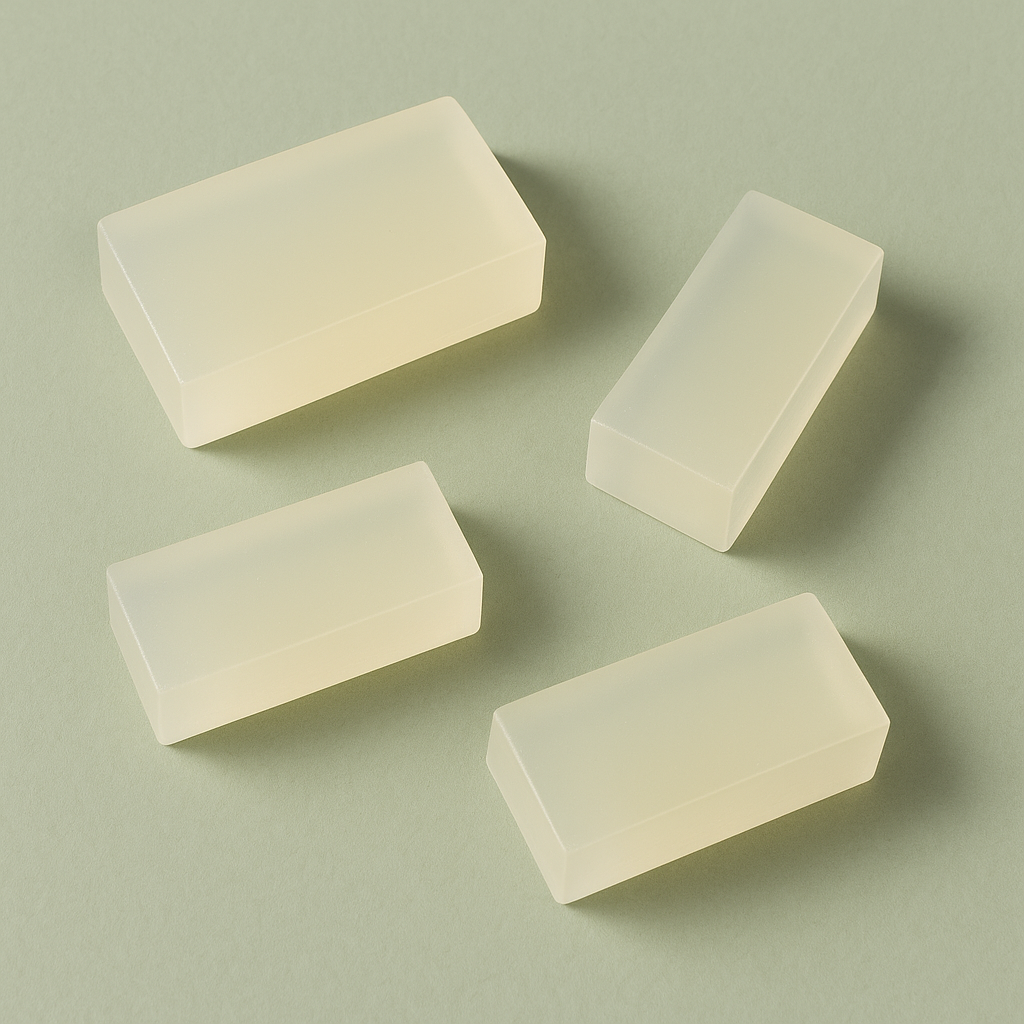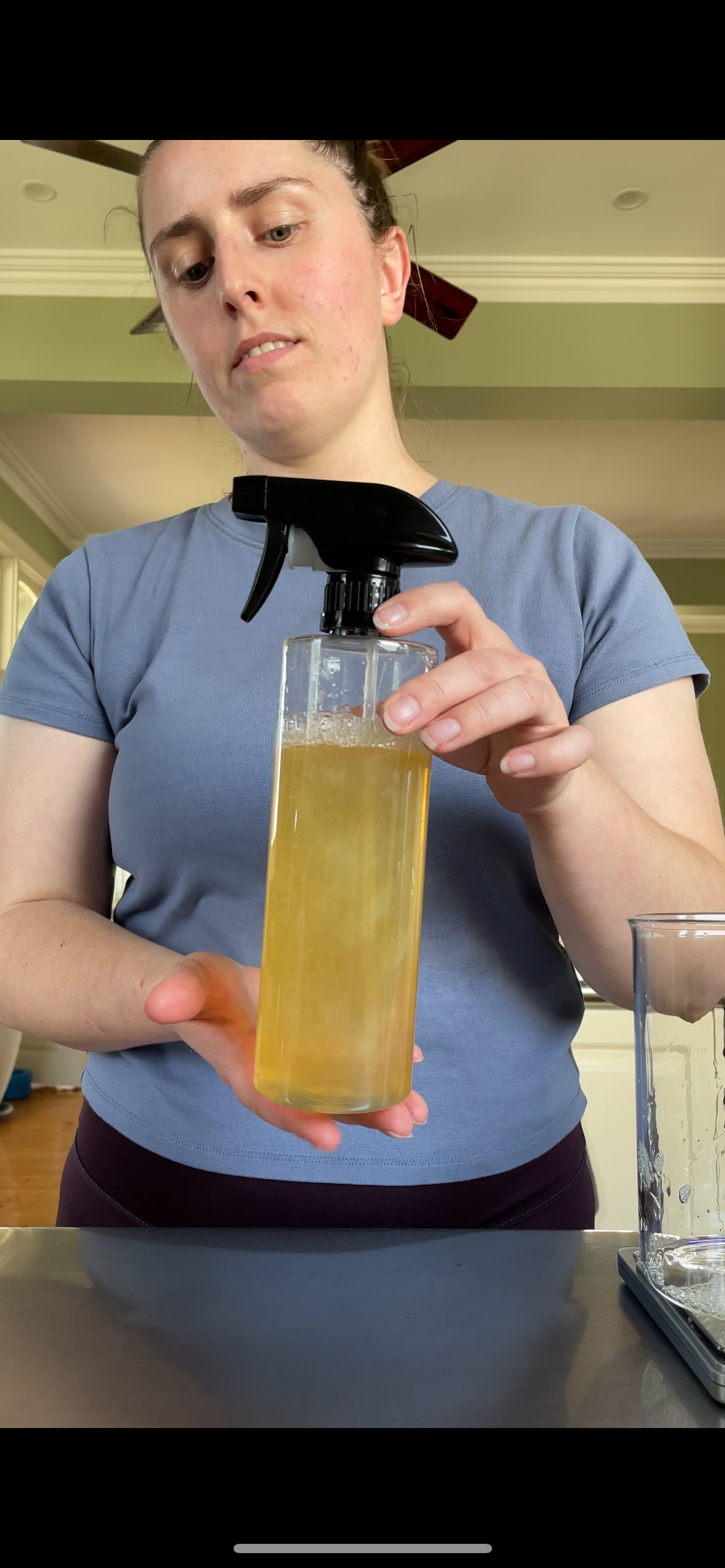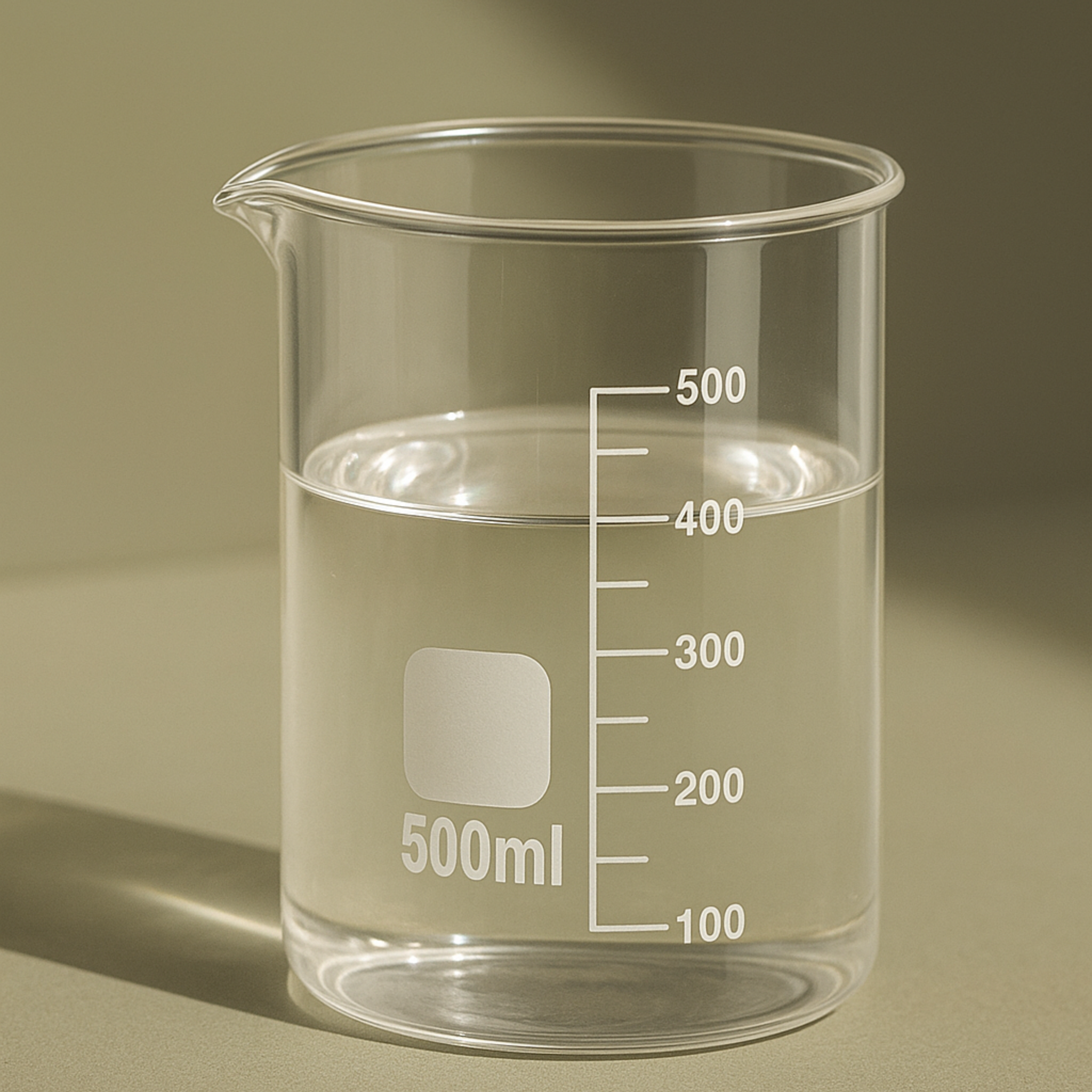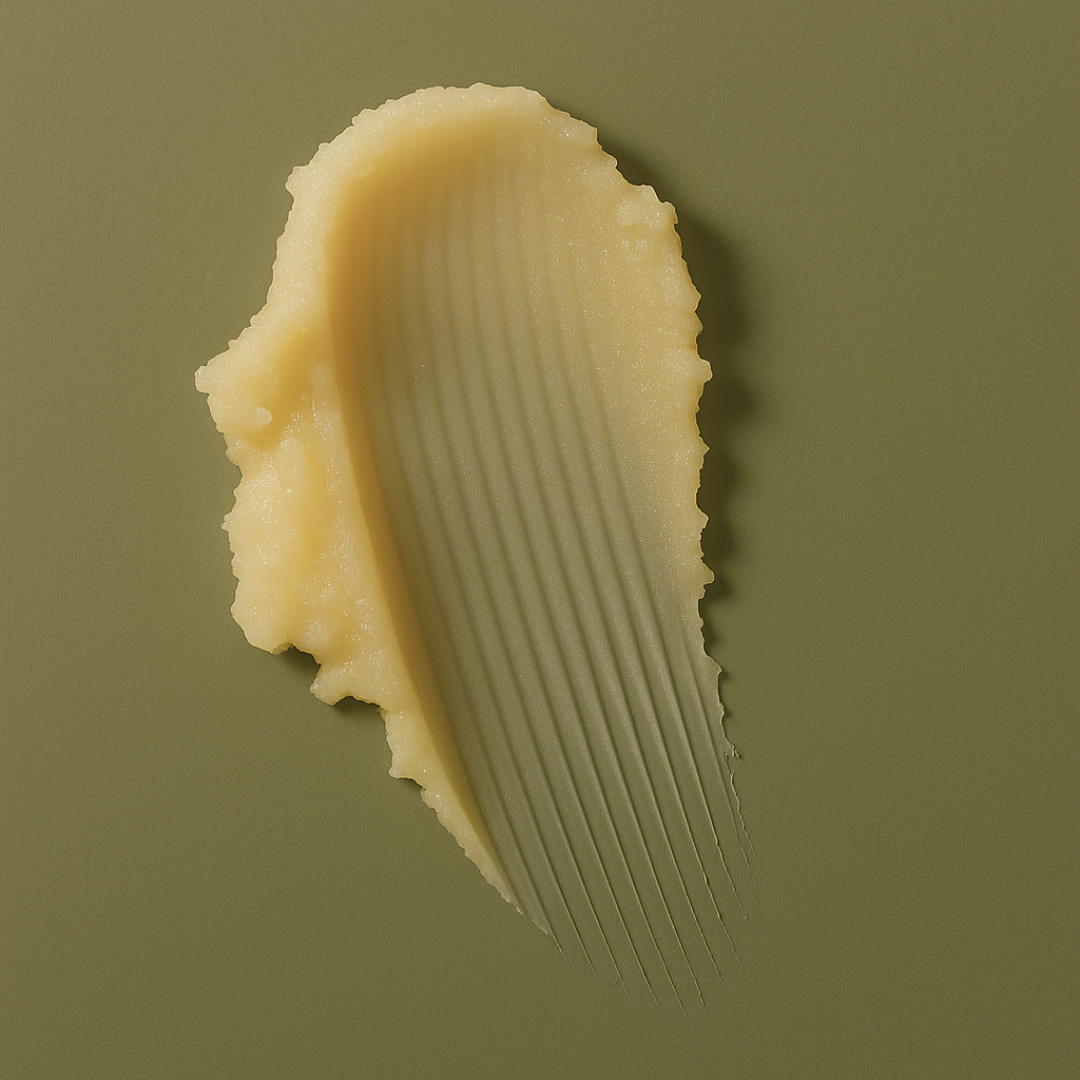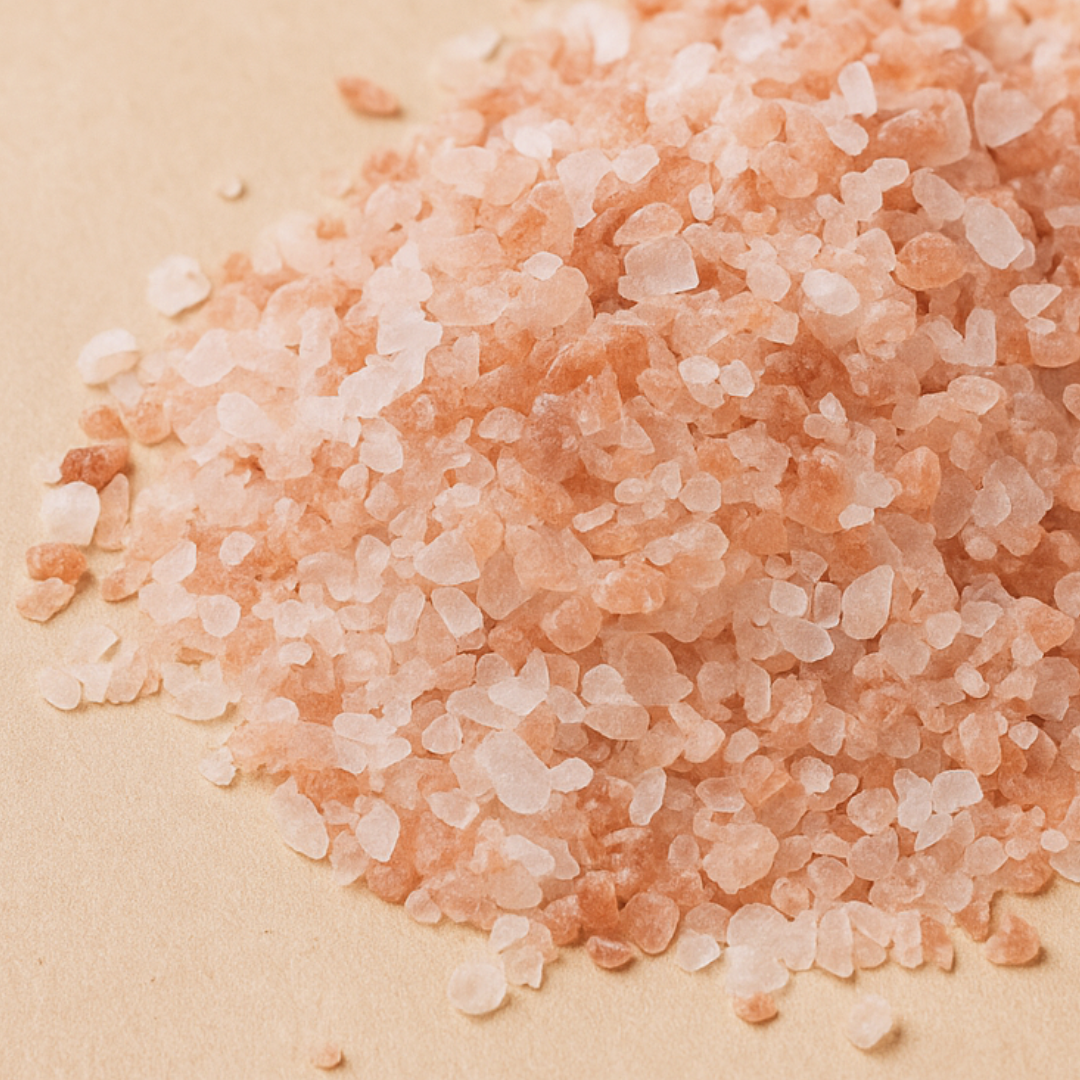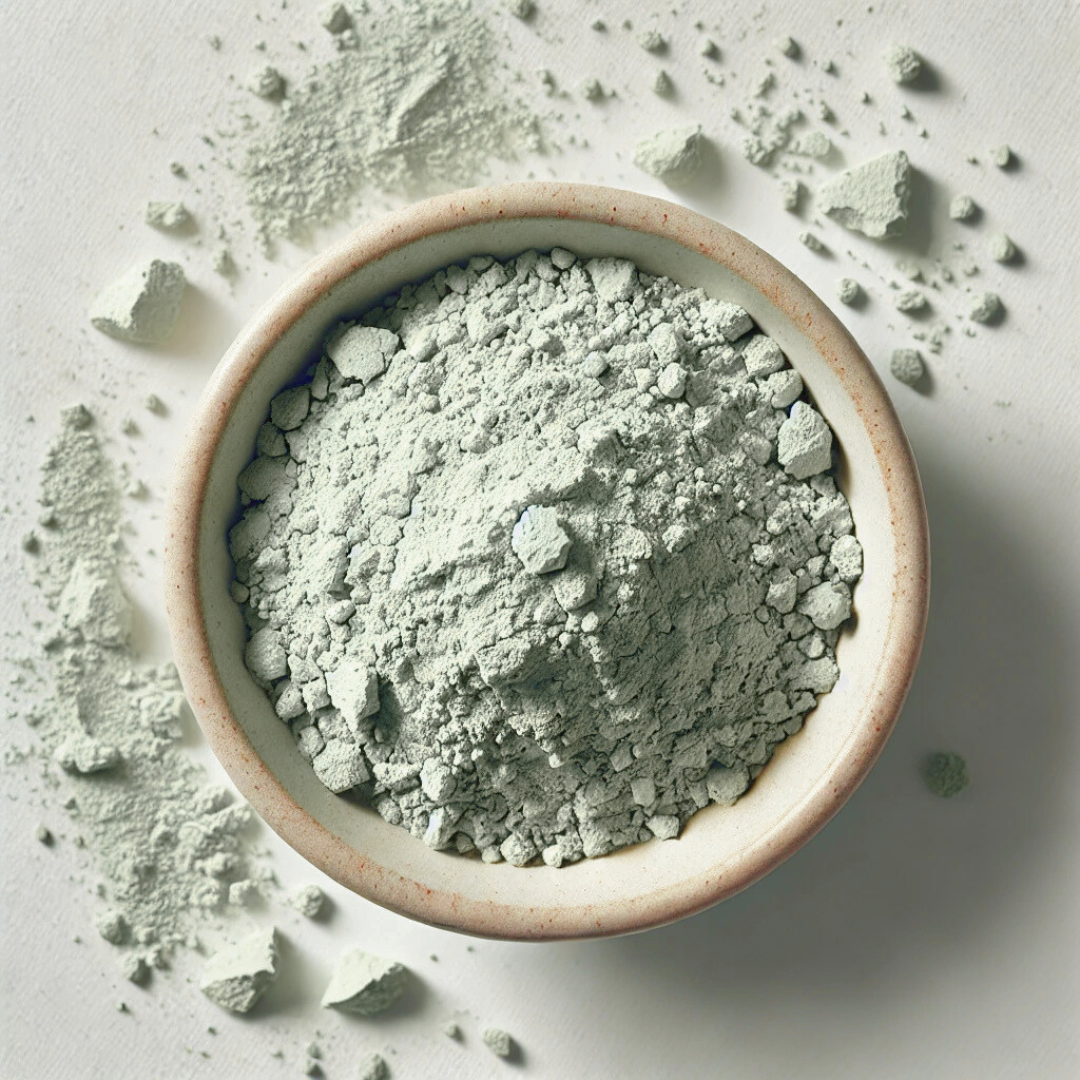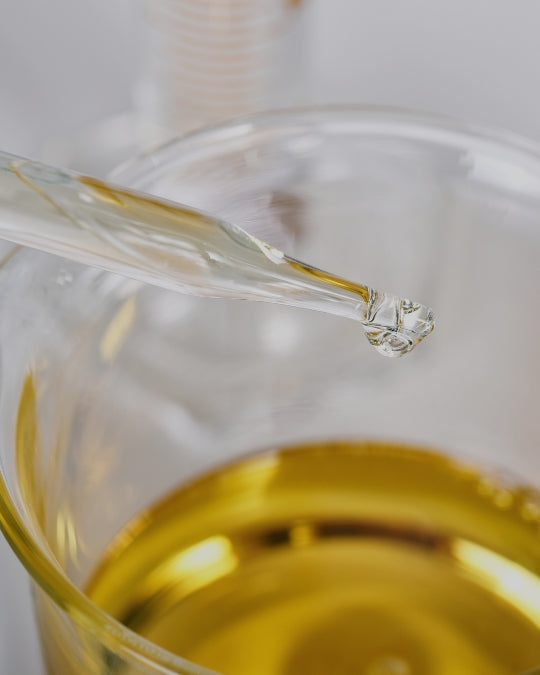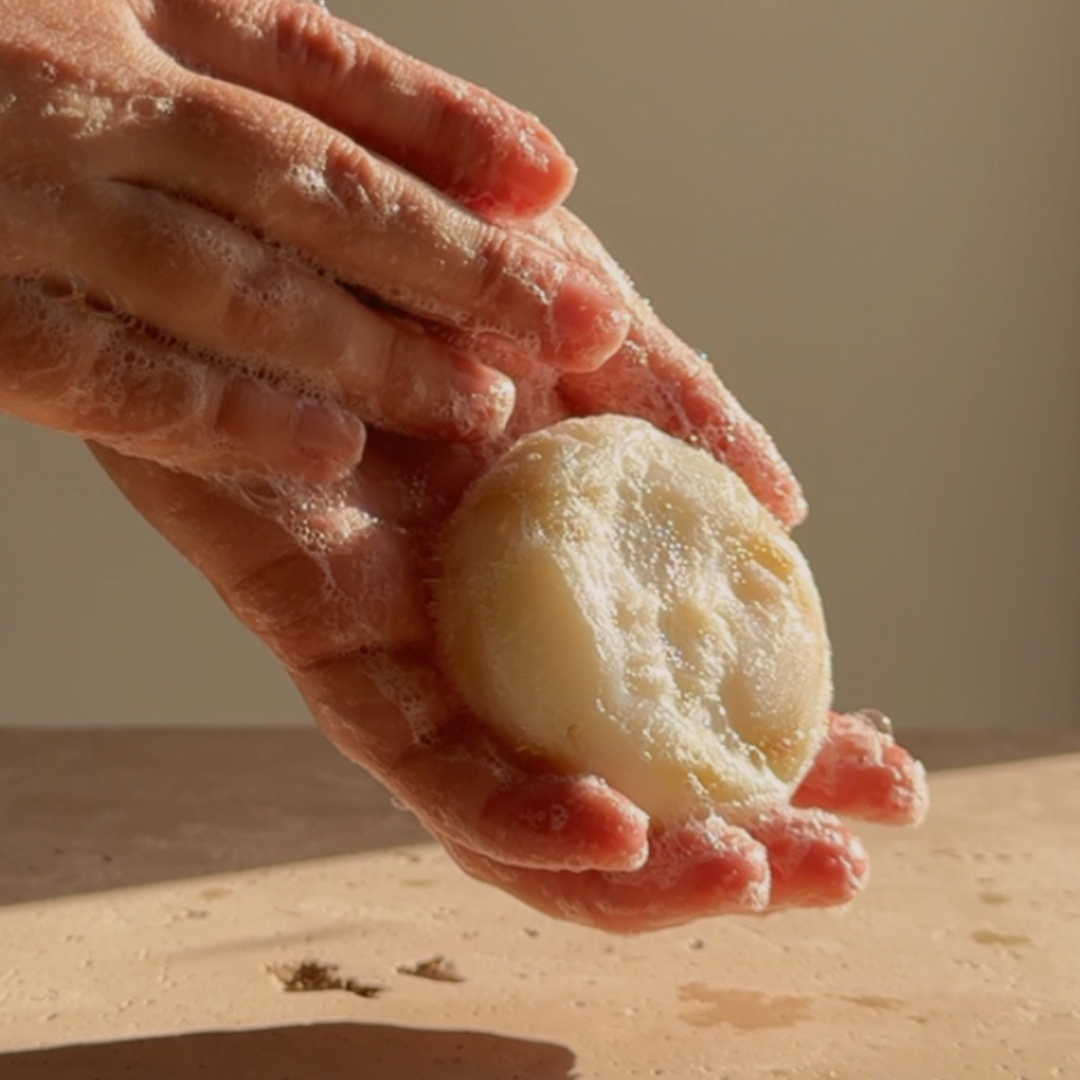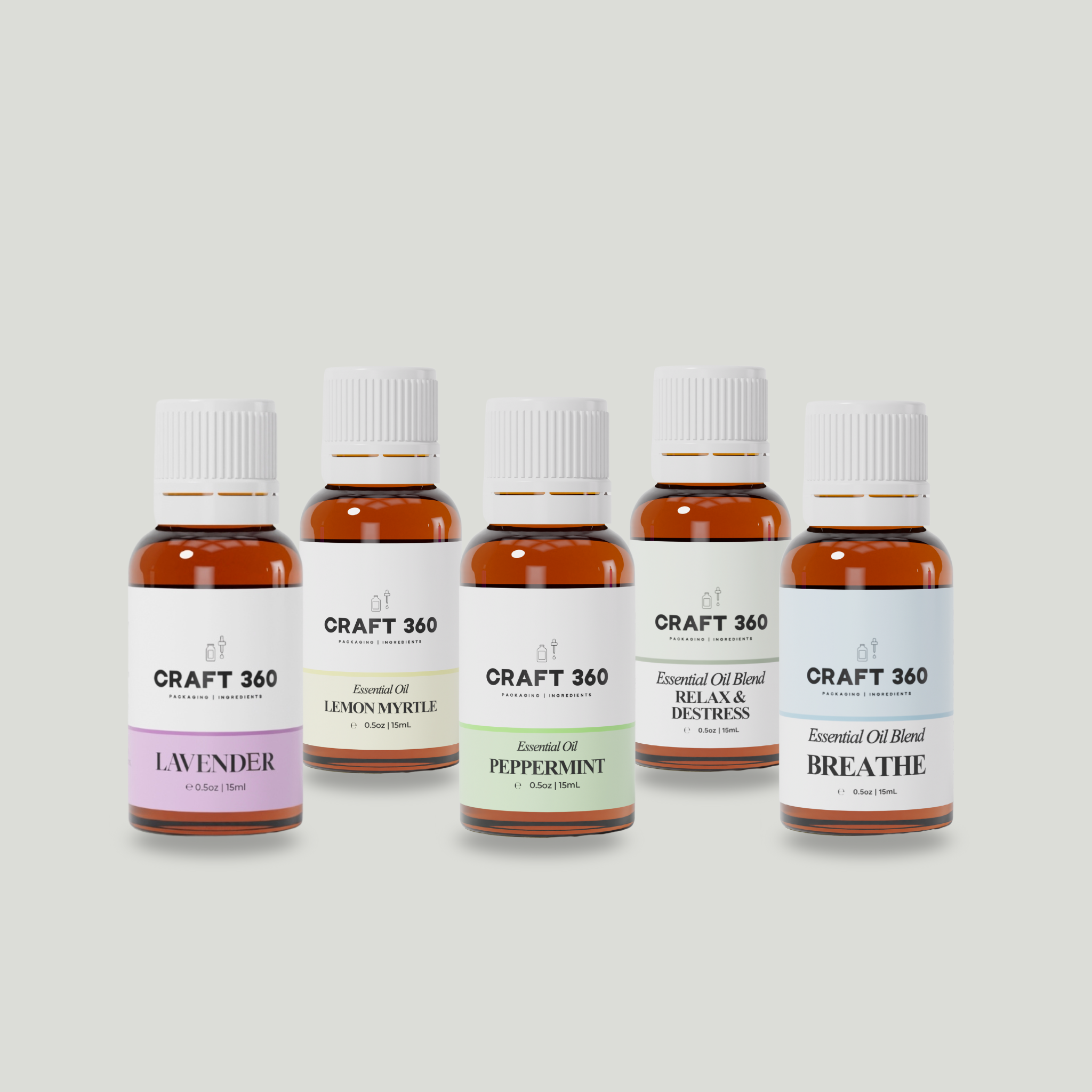In the competitive world of startups, the unboxing experience can make a real difference in how a brand is perceived. It's not just about aesthetics either; thoughtful packaging choices can have a significant impact on a company's bottom line. For startups operating on tight budgets, it's essential to find a balance between cost-effective and attractive packaging solutions that won't blow out expenses.
We understand that navigating this balance can be challenging, especially when you're trying to differentiate your brand while also being mindful of the environment. Fortunately, there are numerous sustainable and budget-friendly packaging options available that don't compromise on quality or appeal. By embracing recyclable materials and innovative designs, startups can send a positive message to their customers about their commitment to sustainability.
Key Takeaways
- Effective packaging can enhance customer experience without excessive costs.
- Sustainable materials offer a budget-friendly and environmentally-conscious choice.
- Innovative packaging solutions can set a brand apart and signal a commitment to sustainability.
Sustainable Skincare Packaging
When we consider packaging for skincare products, simplicity and sustainability are key. We encourage strategies that support environmentally conscious packaging choices for your business, especially when starting out, while remaining cost-effective for any start-up.
Glass is a versatile choice, as it's recyclable and has a premium feel. Aluminium is another excellent option due to its endless recyclability and lightweight nature.
Many small brands are adopting minimalist packaging designs to reduce material use and waste—and we’re always happy to share what we’ve seen work well. Clear and direct labelling on recyclable paper or card stock minimises waste and gives your products a clean, uncluttered appearance.
Here’s a quick breakdown of sustainable packaging materials:
|
Material |
Properties |
Benefits |
|---|---|---|
|
Glass |
Non-toxic, recyclable |
Reduces waste, maintains purity of product |
|
Aluminium |
Lightweight, recyclable, rust-resistant |
Cost-effective for shipping |
|
Card Stock |
Biodegradable, lightweight |
Ideal for labelling, cost-effective |
Also look for innovations in bioplastics, deriving materials from plant-based sources to create compostable packaging options. These are increasingly available and cost-effective, even for startups.
With each step, your focus remains on protecting both your products and your planet, without placing undue financial burdens on new businesses.
Recyclable Materials Overview
When we talk about budget-friendly packaging options for start-ups, incorporating recyclable materials is a great choice. These materials can significantly reduce waste and often cost less than non-recyclable options. Recyclable materials come in various types, each with its own recycling process. Understanding these can help us make informed decisions.
Cardboard and Paper: These are the most commonly recycled materials. We can use them for boxes, bags, and void fill. The bonus is they are biodegradable.
- Pros: Widely recycled, easily branded, affordable.
- Cons: Not waterproof without a coating.
Glass: Though heavier, glass is endlessly recyclable without losing purity or quality.
- Pros: Ideal for reuse, can be recycled indefinitely.
- Cons: Weight adds to shipping costs, fragile.
Plastics: Not all plastics are equal – some are more recyclable than others. Here’s a quick guide:
|
Type |
Example |
Recyclability |
|---|---|---|
|
Water bottles |
High |
|
|
HDPE |
Milk jugs |
High |
|
PVC |
Some packaging |
Low |
|
LDPE |
Grocery bags |
Moderate |
|
PP |
Takeaway containers |
Moderate |
|
PS |
Yoghurt pots |
Low |
- Pros: Lightweight, durable.
- Cons: Recyclability varies, can be non-biodegradable.
Aluminium and Metals: Like glass, metals can be recycled repeatedly without degradation.
- Pros: Highly durable, maintains value.
- Cons: Requires more energy to recycle.
By choosing materials judiciously, you can only act responsibly towards the environment but also manage your costs effectively.
Benefits of Choosing Recyclable Options
When considering recyclable options for your packaging, look for two main benefits: a reduced environmental footprint and a boost to your brand's image.
Environmental Impact
Using recyclable materials in your packaging helps us lessen the burden on landfills. Each year, Australians send millions of tonnes of waste to landfill, and packaging can make up a significant portion of this. By selecting materials that can be repurposed, you can reduce landfill contributions, which in turn decreases soil and water contamination from waste breakdown.
Recycling also conserves natural resources. For instance:
- Paper: Recycling one tonne of paper saves about 13 trees.
- Plastic: Recycled plastic uses roughly two-thirds less energy than creating new plastic from raw materials.
Brand Image Enhancement
Embracing recyclable packaging can significantly improve how customers perceive you. Today, consumers are more environmentally conscious, often choosing brands with sustainable practices. A study shows that 62% of Australians consider a company's environmental reputation before making a purchase.
You can highlight your recyclable packaging through:
- Marketing materials: Informing customers about your sustainable practices.
- Packaging labels: Including recyclable symbols and messaging on your products.
In summary, opting for recyclable options is not just good for the planet—it can also be a savvy branding move.
Types of Recyclable Containers
Recyclable containers play a vital role in reducing your environmental footprint while also being cost-effective for start-ups.
Glass and Aluminium
Glass and aluminium containers are highly favoured for their ability to be recycled repeatedly without losing quality. Glass is made from natural substances like sand, soda ash, and limestone. Its robustness allows for reuse and infinite recyclability, making it suitable for products such as jars and bottles. Aluminium, on the other hand, is lightweight, which reduces shipping costs. Recycled aluminium can be used for cans, foils, and even bottles.
Post-Consumer Recycled Plastics
Plastics marked as Post-Consumer Recycled (PCR) have been reclaimed after consumer use. We often utilise plastics labelled as 1 (PET) and 2 (HDPE) for their high recyclability rates. Start-ups should consider the following options:
- PET (Polyethylene Terephthalate): Commonly used for soft drink bottles, water bottles, and many common food packages.
- HDPE (High-Density Polyethylene): Suitable for containers like milk jugs, detergent bottles, and some plastic bags.
Recycling these plastics not only reduces waste but also conserves energy and resources required to produce new plastics.
Biodegradable and Compostable Alternatives
Be on the lookout for packaging solutions that are not only cost-effective but also environmentally responsible. One approach you can take is to use biodegradable and compostable materials. These materials break down naturally, leaving a minimal environmental footprint.
Biodegradable materials decompose with the help of microorganisms under suitable conditions. They're often made from natural plant or animal products. Below is a list of biodegradable materials that are great for packaging:
- Corn Starch: Commonly used in loose-fill packaging.
- Mushroom Packaging: An innovative option utilising mycelium.
- Plant Fibre: Includes materials such as straw or bamboo that are used for cushioning.
Compostable materials go one step further. They break down into non-toxic components that can provide nutrients to the soil when composted. Some compostable packaging alternatives we could consider include:
- PLA (Polylactic Acid): A plant-based plastic substitute used in bags and wraps.
- Sugarcane Pulp: Also known as bagasse, ideal for containers and boxes.
Here's a quick comparison to highlight their differences:
|
Aspect |
Biodegradable |
Compostable |
|---|---|---|
|
Breakdown Process |
Naturally with microorganisms |
Into non-toxic components beneficial to soil |
|
Source Materials |
Plant or animal products |
Often plant-based (PLA, sugarcane pulp) |
|
End Result |
Decomposition |
Nutrient-rich compost |
Remember, when selecting these materials, it’s essential to ensure they suit your product needs and that we have access to industrial composting facilities. Choosing the right biodegradable and compostable options can help you maintain your commitment to sustainability while also taking care of your budget.
Innovations in Packaging Technology
We're seeing incredible advancements in packaging technology that can help start-ups be both budget-conscious and environmentally friendly. These innovations are not just promising; they're already changing the game for start-ups looking to stand out.
Water-Soluble Materials
Water-soluble materials are revolutionising the way we think about packaging waste. These materials dissolve in water and leave no toxic residue, making them an outstanding choice for single-use packaging. We've seen products like PVA (polyvinyl alcohol) films that are used for small product sachets and bags. Here's how they stand out:
- Dissolution: Simply dissolve in water
- Non-toxic: Leave no harmful substances behind
Compostable Bio-Plastics
Compostable bio-plastics are a beacon of hope for reducing your carbon footprint. Derived from renewable resources like corn starch, these materials break down in compost conditions. They entail two crucial benefits:
- Renewable sources: Typically made from plant-based materials
- Biodegradable: Decompose naturally in composting environments
Start-ups utilising these materials send a powerful message about their dedication to sustainability. They're not only thinking about the present but also about our shared future.
Labelling and Certification
When packaging your products, it’s vital to consider that proper labelling and certification not only comply with regulations but also boost consumer confidence.
Certification Standards
For a start-up in Australia, it's crucial to understand that certain products require certification to be sold legally. This certification often reflects safety, quality, or environmental standards. For instance, electrical products must comply with Australian safety regulations, and may require a Regulatory Compliance Mark (RCM). Organics, on the other hand, adhere to the Australian Certified Organic Standard, which can be shown with the respective logo on your packaging.
To keep costs down, we recommend starting with a simple spreadsheet to track the certifications required for each product. The table below summarises a few key standards:
|
Product Type |
Relevant Certification |
Governing Body |
|---|---|---|
|
Electrical |
RCM |
Australian Competition and Consumer Commission (ACCC) |
|
Australian Certified Organic |
Australian Certified Organic |
|
|
Toys |
Australian Toy Standards |
Standards Australia |
Consumer Understanding
Ensure that your labels are clear so that consumers can immediately understand the value and safety of your products. The ingredients, country of origin, and sustainability attributes should be easy to find and read. Using icons, such as a green tick for eco-friendly products or a kangaroo symbol to indicate Australian-made goods, can help convey this information more effectively.
Here's an example of how to layout key information on a label:
- Product Name: Bold and at the top.
- Main Features: Bullet points for easy reading.
- Certifications: Icons near the top, ensuring they are noticeable.
- Instructions/Warnings: Clearly written, possibly with illustrations.
- Contact Info: Company name and contact details at the bottom.
Remember to keep the design of labels simple and cost-effective by using minimal colours and opting for generic labels that can be used across multiple products. This approach can save money on printing costs while maintaining a consistent brand appearance.
How to Choose the Right Packaging
When selecting your packaging, prioritise cost-effectiveness without compromising the security and appeal of your product. The key is to strike a balance between protection, price, and presentation.
Protection: It's vital to choose materials that adequately shield your products during transport. Consider using corrugated cardboard for its superior strength-to-weight ratio, or bubble wrap for delicate items.
Size: Aim for packaging that neatly fits your product, avoiding excess material. This not only saves on costs but also reduces your carbon footprint.
Material Costs:
- Cardboard boxes - typically more affordable, recyclable.
- Plastic - durable but often more expensive and less environmentally friendly.
Design: Think about simple yet effective designs that can be printed in bulk, trimming down your expenses. Incorporating your brand colours and logo strengthens your market presence.
Sustainability: Opt for environmentally friendly options like biodegradable packaging. It's not only better for the planet but also appeals to eco-conscious consumers, often justifying a slightly higher price point.
Suppliers: Make sure to diligently research suppliers, negotiating deals and comparing bulk pricing. Building a good relationship with them can lead to:
- Discounted rates
- Better terms of payment
- Reliable supply of quality materials
Functionality and Experience: Test your packaging not only for durability but also for the user's unboxing experience. It should be easy to open, yet secure enough to protect the contents inside.
By meticulously evaluating these factors, we can ensure that we're making informed decisions that balance cost, quality, and customer experience.
Challenges in Sustainable Packaging
As we navigate the complexities of sustainable packaging, we face several challenges that can stump even the most eco-conscious start-ups. The primary concern is balancing cost with environmental responsibility. Sustainable materials often come with a higher price tag compared to traditional packaging options. For instance, bioplastics and recycled content can significantly raise your upfront costs.
Another obstacle is sourcing. Locating suppliers who offer high-quality, sustainable materials at a scale that matches your needs can be tricky. It's common to find ourselves in a situation where the demand outpaces the supply, especially for niche or innovative materials.
Durability and Protection also play a pivotal role. Sustainable packaging must be robust enough to protect products, yet the available options sometimes fall short in strength compared to less eco-friendly counterparts. Here's a quick breakdown:
- Strength: Some eco-materials can be more prone to damage under stress.
- Protection: The level of protection must match the traditional packaging to satisfy customer expectations.
Lastly, we must consider customer perception. Our audiences are becoming increasingly environmentally savvy, but we must educate them on why your sustainable packaging is worth potential extra cost and adjustments in their unboxing experience. Here's what you should keep an eye on:
- Educate: Sharing the benefits and reasons behind your packaging choices.
- Communicate: Making your sustainability efforts clear and transparent.
By tackling these challenges head-on, it’ll help to make a positive impact on the environment while keeping your business financially viable.
Looking Towards the Future
In navigating the challenges of packaging on a budget, you must continually adapt to changing market dynamics. Your approach should be sustainable and scalable, anticipating growth and evolving consumer preferences.
We've outlined a few forward-thinking strategies:
- Invest in Customisation: As you expand, investing in customisable packaging options can create a unique brand experience without breaking the bank. Consider stickers or stamps as cost-effective ways to personalise.
- Sustainability is Key: By choosing eco-friendly materials, you not only reduce environmental impact but also cater to the growing eco-conscious market. Biodegradable or recycled materials can be a selling point.
- Foster Relationships: Building strong relationships with suppliers can lead to bulk discounts or loyalty savings down the line. Always be on the lookout for supplier partnerships and networking opportunities.
- Technology Advancements: Keep on top of new technologies that could streamline your packaging process, such as smart packaging or automation that may provide long-term savings.
- Optimise Logistics: Evaluate your shipping and handling process. Efficiently packed goods save space and costs; smaller, lighter packages may reduce postage fees.
It's important to stay alert to trends and opportunities that can aid in refining your packaging methods. Regular reviews of your packaging strategy will ensure you remain both economical and innovative, paving the way for a resilient and successful future. At Craft 360, we’re committed to growing your start-up and ensuring that your packaging solutions evolve alongside your business.
Frequently Asked Questions
When it comes to packaging on a budget, we've got the answers to help you save money while still delivering a great customer experience. Let's look at some common questions we get asked.
How can I create cost-effective packaging for my small business?
By choosing lightweight materials and simple designs, we can cut costs significantly. Bulk buying and negotiating with suppliers also helps us get the best deal possible.
What are some affordable materials I can use for packaging my products?
Cardboard and kraft paper are inexpensive and can be sourced sustainably. We also recommend looking into recycled plastics and biodegradable options, which are wallet-friendly and better for the environment.
Could you suggest some innovative yet budget-conscious food packaging solutions?
We find that using airtight containers made of recyclable materials can keep your food fresh and your costs down. Edible packaging is another creative option that's gaining popularity and can impress customers without adding to the cost.
In what ways can I package my homemade goods without blowing the budget?
Using fabric scraps or repurposed containers can give homemade goods a unique touch at minimal cost. Also, simplicity can be quite chic, so consider minimalist designs that won't require elaborate packaging materials.
What are some charming yet economical packaging ideas for my start-up?
We love the idea of custom stamps or stickers on plain packaging for a personal touch that won't cost a fortune. Reusable bags or containers also offer a charming unboxing experience and encourage brand loyalty.
Where can I find small business-friendly packaging supplies at a reasonable price?
Local wholesalers often have competitive prices, but we recommend checking online marketplaces that cater specifically to smaller businesses. Another option is to join a co-op with other businesses to get bulk discounts.


